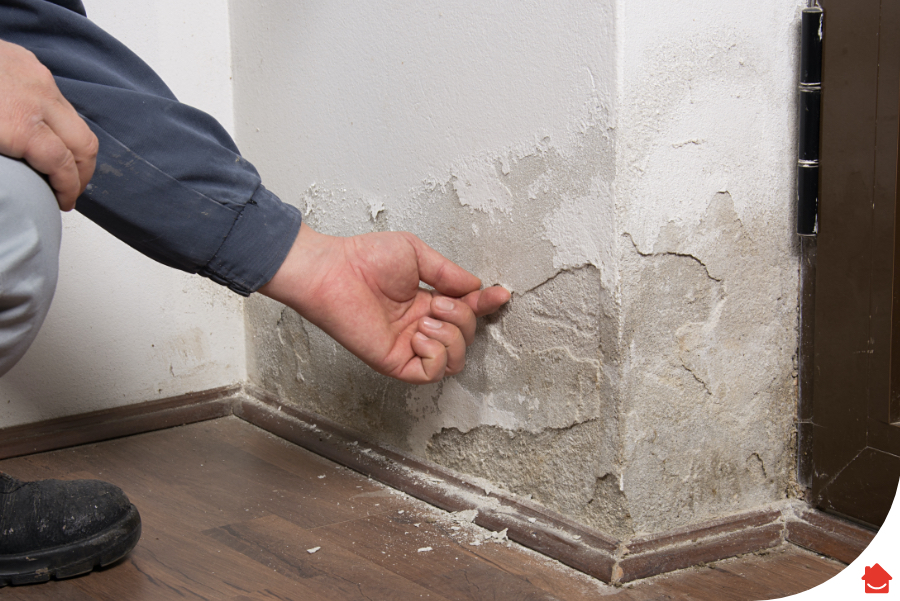
Moisture or water seeping in from outside into the interior of your property is known as penetrating damp or lateral damp, and although it is most common in older building structures, it can still occur in newer buildings and at different structural levels.
Penetrating damp usually occurs when holes or leaks are present in a building’s exterior sections, such as the stone walls or bricks, which have become impaired and porous, thus, allowing moisture to escape into the interior. If your home has a damp problem but you are unsure if it is penetrating damp, below is everything you should know about penetrating damp.
Identifying Penetrating Damp
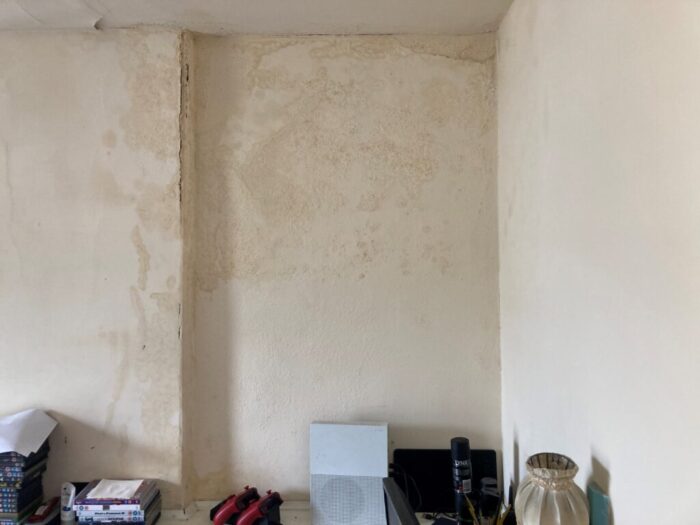
Penetrating damp is quite unattractive and can ultimately result in costly structural repairs. Since only a damp specialist London will be able to spot damp before the obvious signs start showing, you need to be able to recognise the signs of penetrating damp in order to get timely repairs. Some of the tell-tale signs of penetrating damp include:
Damaged or misshapen plaster: Plaster will blister and show signs of disintegration or “salting”. Salting occurs as a result of water bringing natural salts present in a wall to the surface, causing a fluff-like residue on the surface of the decoration or plaster.
Localised dampness: Some localised patches of damp may be found in random areas of your home. These patches refuse to dry out, no matter which technique you use.
Mould growth: The appearance of mould or the accompanying musty odour may also signal the presence of excess moisture or damp in your walls.
Damp, discoloured patches on walls, and internal decorations or discoloured tide marks may be present.
Rotting or decaying floor timbers or skirting boards also indicate a very real possibility of penetrating damp.
What Causes Penetrating Damp?
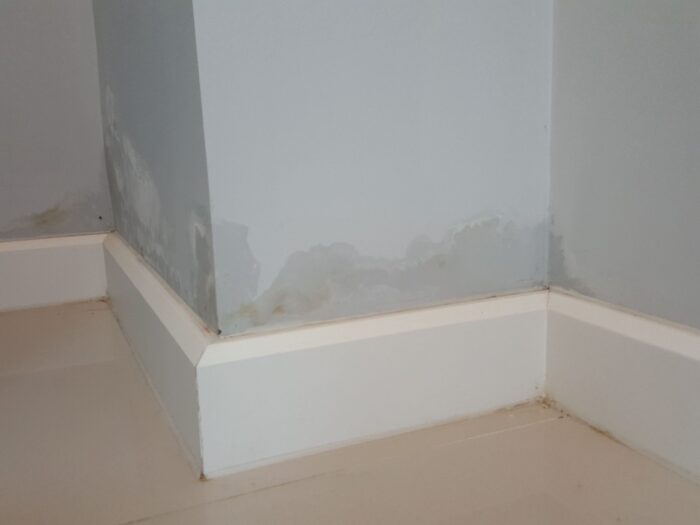
Several sources can lead to penetrating damp in your home. Some of the common ones are;
• Water seeping or leaking through the walls
• Broken or blocked gutters
• Damaged wall bricks which can cause increased porousness
• Cracks and openings on the walls
• Cracks or holes in door frames or windows
• Broken or missing roof tiles
• Broken pipes and other plumbing issues.
• Areas Most Likely To Be Affected By Penetrating Damp
Some common places that you should check for penetrating damp include:
The Roof
Missing tiles, roof ridge tiles, pointing, and flashing (the point at which the roof meets a chimney or a wall) are all important spots to examine for penetrating damp on your roof.
Frames On Windows

These must be carefully examined to find any gaps or cracks present around the frame. If any are found, a flexible frame sealant can be used to fill or seal them. It is also essential to examine window sills to make sure that drip grooves aren’t clogged or blocked. Blocked grooves usually result in dirt and moss build-up over time. Upon finding a blockage, ensure that they are cleaned thoroughly.
Frames Supporting Doors
Any cracks found in door frames should be repaired. In addition, consider installing a weather bar (a board that lies beneath the door and protects it from excessive rain) on your external door if you don’t have one.
External Walls
Penetrating damp can also be caused by missing bits of mortar (filling which can be cement or otherwise – between the bricks) or cracks in external brick walls. If any of these are found, ensure that the gaps are filled with the appropriate filler material.
Downpipes, Rain Gutters And Other External Drains
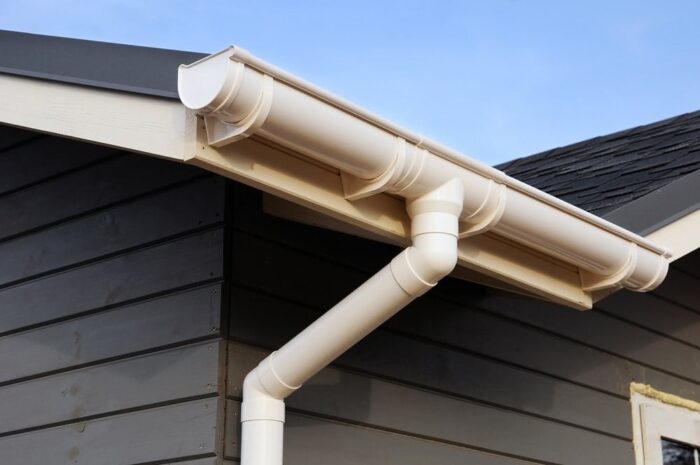
Check the conditions of your rainwater goods found on the exterior of your home. If they’re leaking, your property could suffer from penetrating damp. Blocked drains should be unclogged, so moisture doesn’t back up into the structures.
Cracked and porous older chimney heads may also allow water into your home. These must be repaired or coated with a lime wash or an external silicone water repellent that blocks moisture but still allows your walls to breathe
Treating Penetrating Damp
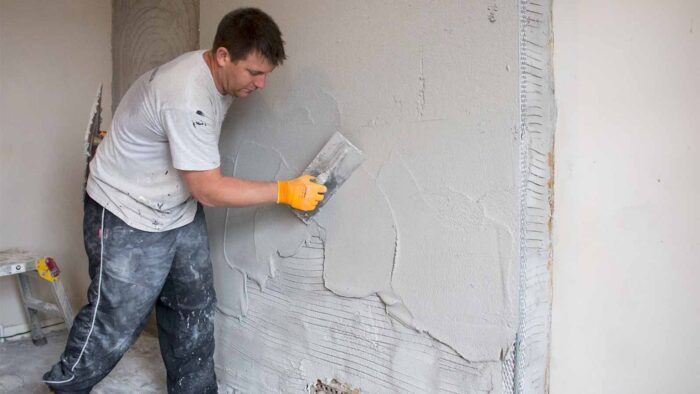
Establishing and correcting the source of moisture ingress is the most crucial step in treating penetrating damp. The most probable cause of penetrating damp is an issue within the building. Even in a new building, there are an average of 4 possible points of water entry which may lead to penetrating damp:
• Pointing that isn’t properly done
• Brickwork with pores
• Render with cracks
• Defective rainwater disposal systems.
Ensure to keep all of these points in excellent condition to prevent penetrating damp.
Conclusion:
Penetrating damp is a serious issue that can affect the structural integrity of your property, so it is important that you know how to recognise the signs and get them treated immediately. If you suspect that your home is suffering from a penetrating damp problem, have a damp specialist carry out a damp survey to identify the underlying source and recommend the best course of action to get rid of it.














